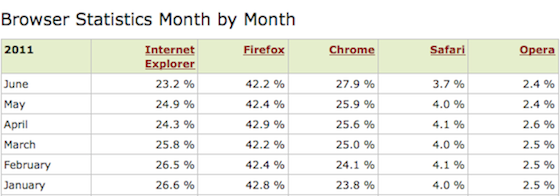5 September 2011
by Tiago Costa
0 comments
 Currently Portugal is undergoing a (surprinsingly silent) revolution after being bailed out and needed to fully commit to keep the numbers on the line.
Currently Portugal is undergoing a (surprinsingly silent) revolution after being bailed out and needed to fully commit to keep the numbers on the line.
When one needs more money he can either earn more or spend less. This is of course no different for a country, meaning that earning more means higher taxes and spending less equals the seemingly impossible task of spending less.
While we are yet to see strong cost reducing measures from our new government, we have learned a lot about all the tax rising that are already undergoing, specially on the individuals, more than on the companies (although it seems like there will be an extra tax for companies with profits on top of 2M). But from what I hear from most people I don’t think they even realize how much shareholders are already taxed.
Just quick example, to make sure we are on the same page. If a company sells something for 1.000 and the production costs (read, everything from gross salaries, salaries taxes, social security, electricity, hardware, software, rent, insurance, legal, trademarks, accounting, furniture, travel expenses, licenses, communications… well you name it) are of 800, it means the company gross profit is 200. If the company is posting a profit at the end of the year, it means it will be taxed @ 25%+10%, so you can count around 27,5% of tax on top of the profits. Using our example, that would mean the company would release 145 net profit, but, that is not the amount of money the shareholders are going to get. Why? Because those 145 will be taxed again, on the individual side at
Update: numbers above were edited on 23 Apr 2013 for 2013 current tax rates.
So when people shout that companies should have higher taxes, I’m not sure they all understand what is at stake here. Firstly because companies themselves do not exist, meaning that when they claim more taxes for companies they are really asking for taxes for the company’s shareholders. Second is that with the increase in taxes, just like an individual might decide to go live abroad, looking for a better life and lower taxes, companies and again, not companies but their shareholders might just do the same taking their money elsewhere where they can get lower taxes on capital profits.
We are all going through a storm in Portugal (and in some other countries as well), I believe that everybody should do what is necessary to help the country move away from it and that this co-operation should be indexed to each individual means and capacity. But in the end we need to understand what it all means, because taxing companies will send them away (therefore increasing unemployment) and taxing individuals will send talent away. Is this what we need to get away from the storm?
We need the best companies and the best individuals this country has raised to turn things around, please don’t make them go away for good.

 Currently Portugal is undergoing a (surprinsingly silent) revolution after being bailed out and needed to fully commit to keep the numbers on the line.
Currently Portugal is undergoing a (surprinsingly silent) revolution after being bailed out and needed to fully commit to keep the numbers on the line.
 But, my all time favorite Twitter client is
But, my all time favorite Twitter client is  After making sure all the backups were in place and ready to rescue me with minimum downtime if things went south I went to upgrade Snow Leopard with Lion. Time Machine and
After making sure all the backups were in place and ready to rescue me with minimum downtime if things went south I went to upgrade Snow Leopard with Lion. Time Machine and 
